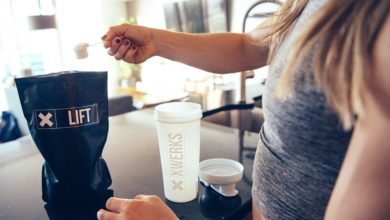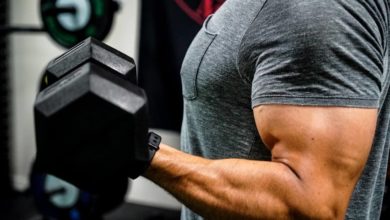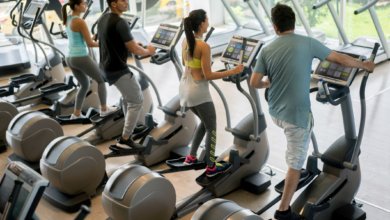1 Set to Failure 3 Times a Week
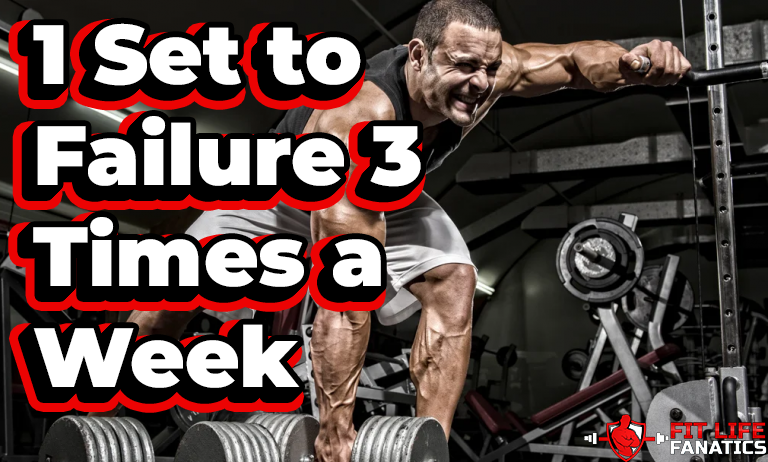
Muscle failure. Yes, at that point when you feel like just letting the weights drop and not give a damn anymore. Been there, done that! And I can tell you, it’s not fun. But is training for muscle failure even practical?
Some say yes, and some are like…meh.
Of course, that’s the reality in just about every other training discipline, and everyone swears by what has worked for them.
There are two sides to training for mass. You can perform technically do lifts with explosive reps or take it to the extremes with moderate weight and seek to hit muscle failure.
Having done the former for years, I set out to figure out what this muscle failure thing was all about and whether going one rep beyond was going to do me any good, harm, or nothing at all.
If you have these same questions, then you’re in luck. In this post, I let you in on what I discovered after spiralling down this rabbit hole.
Let’s get this show on the road.
Muscle failure, what is it?
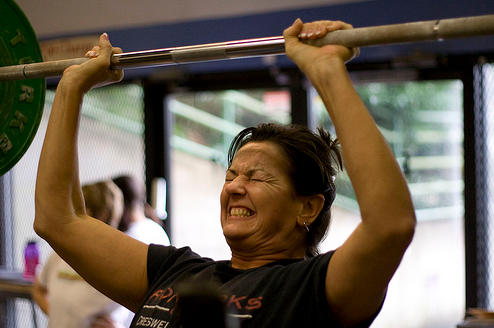
You will come across different definitions that people have about muscle failure. But the bottom line is, this should be a form of weight training where you hit the reps to gas out your muscles and trigger growth.
Single-set workout plan

So, is it Ok to only do 1 set? Sure! You can do one set of different exercises for different body parts. You do not have to stick to one type of workout for this though, having several body weight workouts like Australian pull up, or neutral grip pull ups, or resistance training workout like dumbbell floor press, low row, hammer strength chest press...etc
This will give you more of a several-set combination with minimal volume. Spread it out over several days, and cycle back and you have yourself a fantastic routine and gains.
Is 3 sets to failure enough?
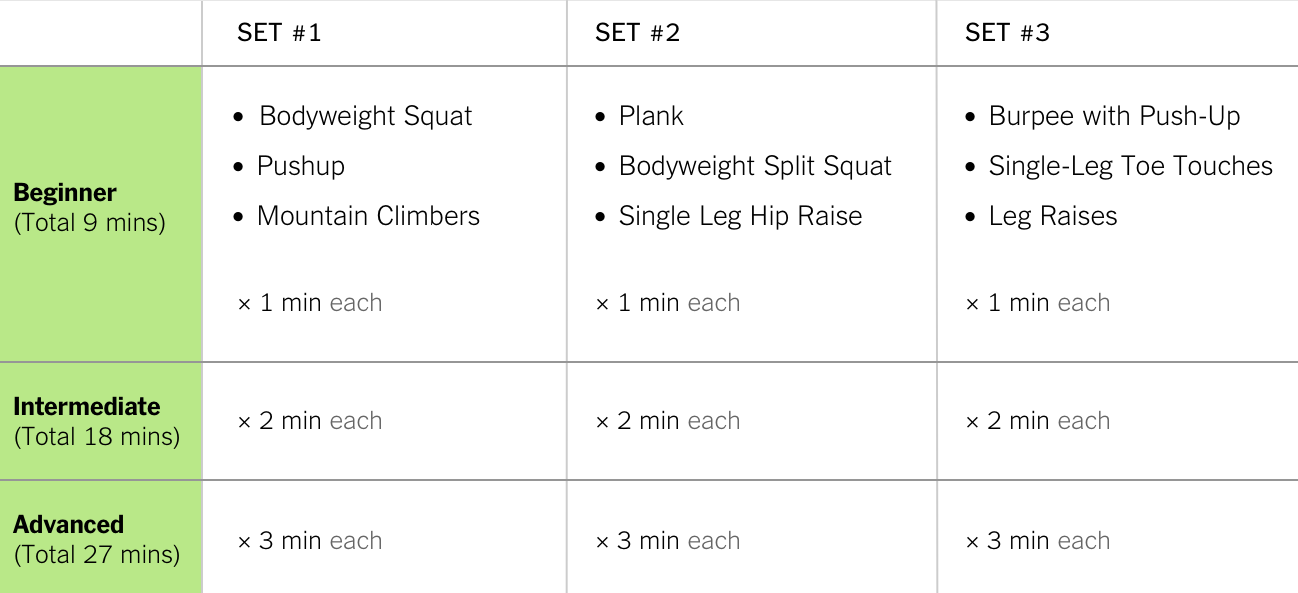
That depends. You might have heard or read that completing 3 sets of 10 reps helps with hypertrophy. Well, that’s not the case (at least not for everyone).
Sure, as a beginner, you could see results with this training. But for an advanced lifter, you may find it difficult to achieve any noticeable change or make as much headway as you may have expected. But hey, it could make for a perfect way to shock the muscles and get out of a plateau.
For those who are lucky enough to have been genetically gifted with thick natural muscles, this plan will work wonders for you. If you’re not, then look up to the stars and blame it on the gods.
We have to work extra hard if we are to have great muscle growth stories to tell one of these fine days. That means putting in more reps and sets, and for some, using higher volumes – although this is not necessary as you will find out ahead.
1 set to positive failure

Some say the idea behind this way of training is actually to increase the number of sets you take to failure. You increase the sets from one to two, then to three, then to four, and so on.
I used this very strategy to work my way from 200 sit-ups a day to 300 sit-ups a day...and more than doubled my push-ups from 20 push-ups a day to 50 pull-ups a day.
But for single set training, that is not the case, more so when it comes to building strength. You won’t be gaining anything more than you would with doing a single set to failure. If anything, you will only end up with blunt strength gains.
Here’s the takeaway, just do one set to failure for each exercise and stick to that for the best results. This brings us to the next question I had in mind when setting out on my quest to understand training to failure.
So, is 1 set to failure enough?

A study by researchers from the Australian Institute of Sport showed that training to failure does help maximize strength gains.
The research comprised two studies, with one involving athletes performing around 4 sets of 6 reps of three times a week bench press sessions. The idea was to hit failure with each last set.
The results;
Participants achieved a 10% strength increase by the end of the study, twice as much as the 5% of the section of them that didn’t train to muscle failure.
The Aussies did yet another study involving three groups this time.
The first group did 8 sets of 6 reps each – hitting failure in each set. The second group did 8 sets of 3 reps each and trained to failure only during the last 2 sets. And the third group did 12 sets of 3 reps each, hitting failure only at the last 3 sets.
Even with the differences in the sets and reps executed by each team, the results turned out the same for all three groups – all achieved a 6% increase in strength for their bench press workout.
This means…
Looking at both studies, we can conclude that unlike with lack of training to failure, if you train to failure for 1 set, you will double your strength. On the other hand, hitting failure in more than one set will only result in gaining blunt strength.
So it's quite apparent that 1 set to failure is enough for gains.
1 Set Per Exercise Full Body Workout
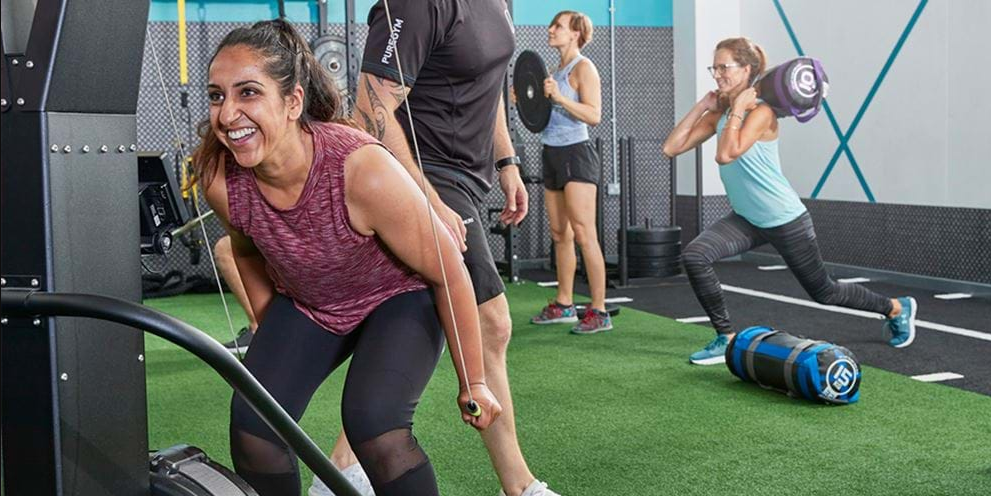
If you look at it this way, 1 set training is essentially hitting just one set for a given session, that one set can be made up of several reps. Say you decide to squat and deadlift on the same day, or squat and bench 0n the same day, doing a set of several reps for each.
The number of reps and the amount of weight you choose to use is what matters here. It's what will determine how effectively you can work any body part or muscle group you’re targeting.
However, you do realize that if you go with a higher weight, the number of reps is likely to drop, and the same goes for different workouts, too.
Take for instance the underhand dumbbell row, the T-bar row or the cable row - you will only achieve different number of reps for each. So don't beat yourself up if you can't do as many reps for any as you can for the other.
But the secret is in planning everything out and going for what works best for you. But whatever you do, steer clear of doing workout 6 days a week - your muscles need time to recover.
Of course, you can do one set full body workout every other day if you're fit enough, but be sure to have enough time to rest.
Is 1 Set to failure enough for hypertrophy?

So, can 1 set to failure build muscle? Of course, it can, but there is a bit of science behind it that you need to keep an eye on. Simply put, “failure” is getting to that point where you just can’t seem to get that weight up however hard you try – more so after having been able to lift that exact weight just moments before.
It’s this failure that “triggers” muscle growth, as the point of failure prods your body to adapt to the challenge and thus initiate protein synthesis leading to hypertrophy gains.
Thing is, it’s not about 1 rep with insane volume, it’s more about getting in more reps before getting to the point of failure.
For instance, if you take on too much weight, lift it for one rep, and fail midway through the second, your body will translate that as overload, not failure.
With manageable weight and more reps, you will slowly work your way up to a point of failure. If anything, even with the heavier but manageable weight, you will still end up with a similar hypertrophy response as someone who does lower weight and goes for more reps.
So whichever works, you only need to keep the weight (or resistance) just right so you can do enough reps in that one set before reaching failure.
See how this guy does it using MultiRep response;
Can you train to failure every set?
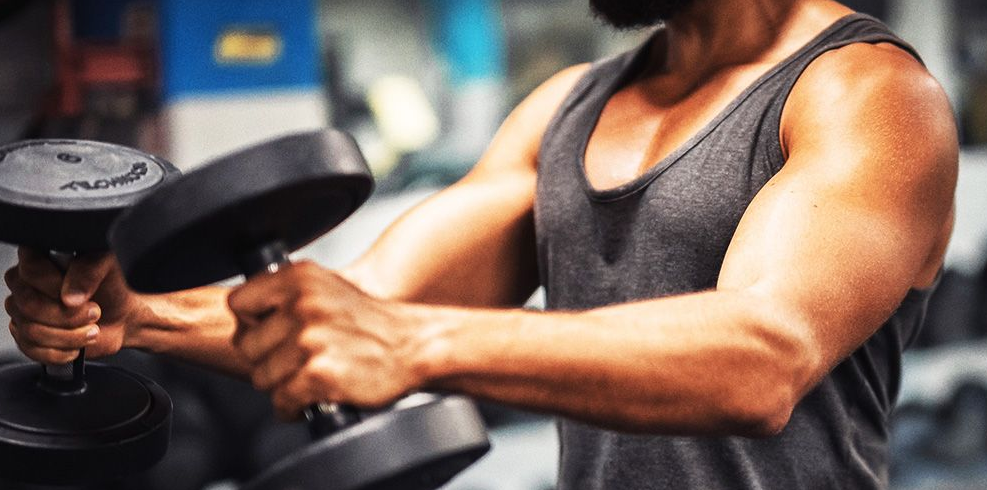
Sure you can. But should you hit failure every set? Well, not really. As much as you can train to failure every set, you should only shoot to hit failure during the last set – that is, if you are doing more than one set.
That brings us to the next important question that has most people scratching their heads.
When should you lift till failure? You should be doing this only during your hypertrophy days so you can get extra rest days in between to allow your muscles to rest and recover. That’s the point. Muscles grow during recovery when the micro-tears (sustained during workout) on your muscle fibers are being repaired.
Is training to failure good for hypertrophy?

The good news is, training to failure is amazing if hypertrophy is your goal. But there is a catch, if not done right, training to failure can turn disastrous.
You need to know what you’re doing, and only go with the right amount of weight. If you're doing workouts like Arnold press, military press, reverse curls, hammer curls, or regular curls, pick the right weight type for each. Thankfully, there's no shortage of cool places to buy dumbbells and other weight sets. There are even specific dumbbells for women.
This is particularly important, since going into this without the right knowhow or weight choice, there's not only a chance of not achieving the desired results, you also risk injuring yourself.
So as much as you need to hit failure to initiate muscle growth, it's just as important that you factor in everything else that counts for both results and your safety.
Final Thoughts
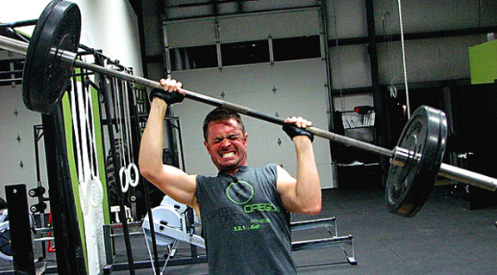
May be you are a power lifter seeking to build strength and leave an incredible legacy like Ed Coan, perhaps you're a bodybuilder diving into this to get ripped.
Whatever your goal, training to failure has something for everyone. Make sure you get everything right, from weight selection to the number of sets and reps in each set.
Also, remember to keep an eye on your diet too, moreso bumping up your protein intake to help speed things up on that front as far as growing your muscle mass.
Lastly, stick to the tidbits that I have shared with you in this post. Every little detail matters when it comes to muscle building, and when training to failure, you can’t leave anything to chance.
Most crucial of all, always make sure to have a spotter on standby. You don’t wanna risk a loaded bar crashing down on you once you hit muscle failure.
Related Reading:
- How Much Does a Deadlift Bar Weigh? Tips & Everything You Need to Know
- How Much Does a Trap Bar Weigh?
- Bulgarian Split Squat; How it’s Done, Muscles Worked, Variations and Alternatives
- Stopped Working Out For a Year: Here Is What Happened
- Renegade Row Alternatives
- How Much Does an EZ Bar Weigh?
Resources;
- https://simplyshredded.com/one-rep-beyond-take-your-size-gains-over-the-edge-with-these-scientifically-proven-failure-tactics.html
- https://www.verywellfit.com/one-set-training-1229823#
- https://www.t-nation.com/training/the-single-best-muscle-building-method/
- https://www.bodybuilding.com/content/ask-the-muscle-prof-training-to-failure-helping-or-hurting-me.html
Ben Mayz
Hi there! I'm Ben, main author and chief editor at Fitlifefanatics.com. I have been obsessed with Strength Training and Fitness for 18 years now.
My passion for living a happy fit lifestyle is what made me realize that fitness is what I wanted for my future.
I went on to earn my Masters in Sports Training & Biomechanics.
My passion for Strength training & fitness and my love of helping others is what made me start Fitlifefanatics.
Here, myself, and a team of specialist aim to provide the most accurate, and actionable information possible in hopes to help foster the fitness community forward.
You can learn more about Fitlifefanatics on our About Page
